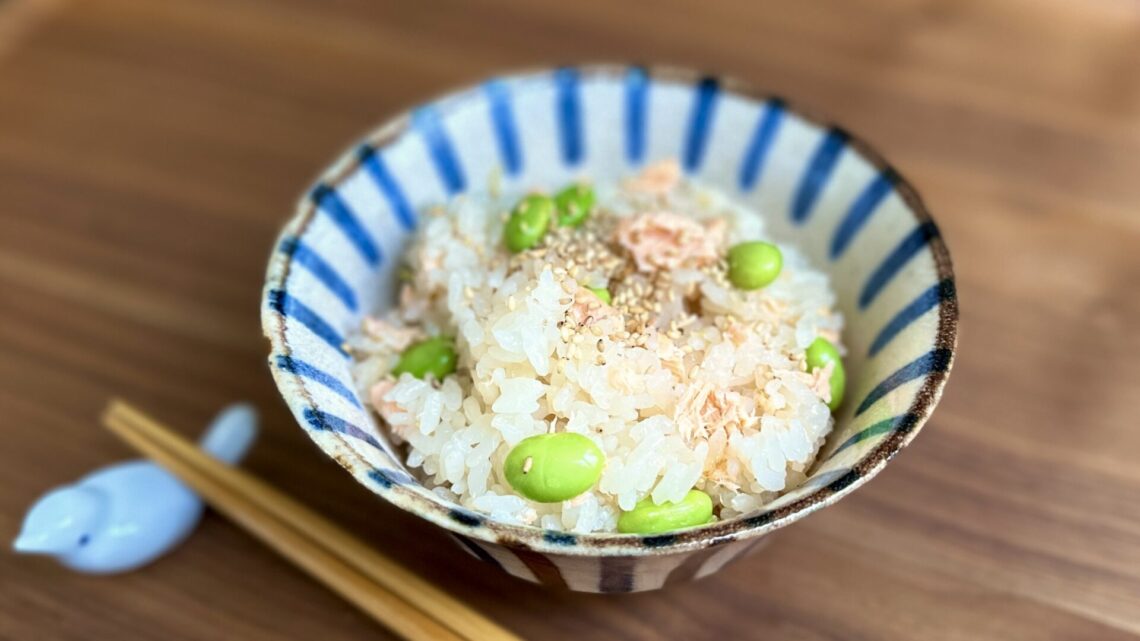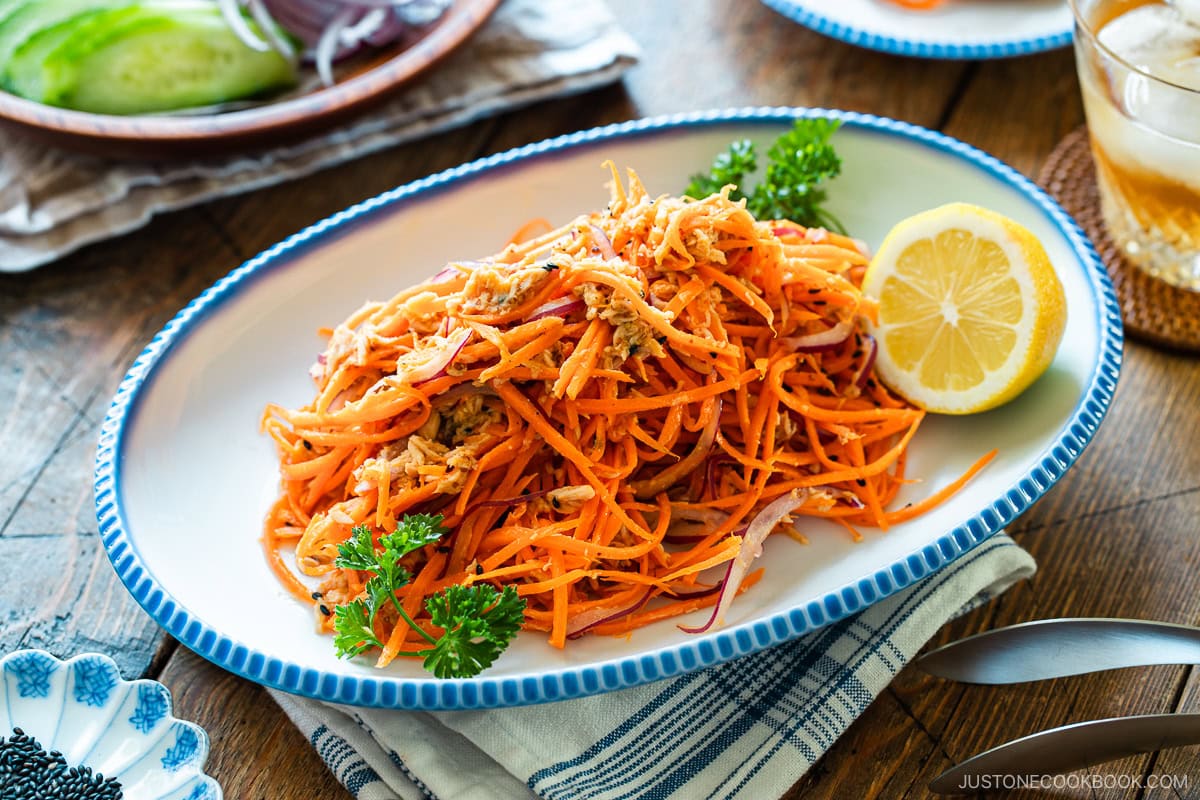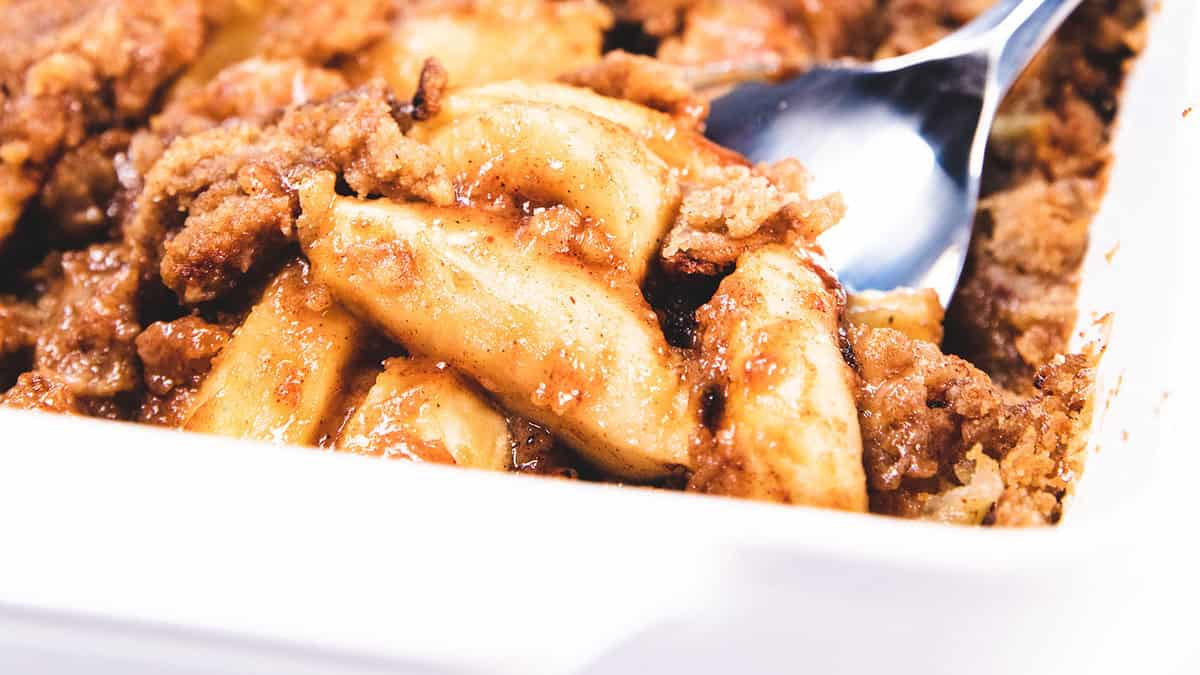Since ancient times, Japan has used sea plants in various ways, including food sources, dietary supplements, plant fertilizers and medical treatments. Pastes made from Japanese seaweed were once used to heal burns, as it was believed they prevented bacterial infections and soothed the skin. In modern times, this practice is continued through the use of facemasks and seaweed-rich serums.
Kaiso (seaweeds) are also a staple of the Japanese diet. They’re an essential attribute of your miso soup, onigiri, sushi, salads and nori bento, among many more. Thanks to its numerous health and beauty benefits, widespread availability and cheap cost, Japanese seaweed has become a globally recognized staple food and beauty ingredient that we can easily incorporate into our lives. But before you rush to the supermarket, read on to learn more about the different types of kaiso, their benefits and ways to use them in your daily life. Here are six key players!
1. Nori (海苔)

Image: iStock: Amarita
Nori is the most familiar seaweed. Although it looks green, it is actually a type of red algae. When dried out or roasted, takes on an almost black appearance. In its most common form, nori comes as roasted sheets.
With quite an impressive nutritional profile, nori is loaded with iodine, potassium and vitamin B12 and is low in calories, making it a healthy snack between meals. Iodine is a mineral that is essential for your metabolism and helps the thyroid gland to function properly. Consuming one sheet of roasted nori paper will give you about half of the daily recommended intake of iodine along with about 1.2 mg of vitamin B12—an essential vitamin that supports the normal functioning of the brain and nervous system as well as helps to form red blood cells.
How To Eat Nori
- Wrap it around your makizushi, onigiri or mochi (after toasting and dipping it in soy sauce).
- Add dried nori to your miso soup.
- Try Gohan desu yo (ご飯ですよ!) paste by topping it on your rice or toas. It’s available at most supermarkets in Japan for around ¥280.
2. Kombu (昆布

Image: iStock: key05
Kombu is an edible sea kelp that grows in long strips and looks exactly like what you think of if you picture seaweed washing up on the beach. Rich in calcium, Kombu has nutritional benefits that support cellular health and balance. It is a rich source of keratin and thus can contribute to shiny hair and strong nails.
Other notable health benefits include improving digestion and helping to reduce gas, improving thyroid function and helping with inflammatory diseases such as rheumatoid arthritis. It is also a great source of iron (which helps prevent anemia) and dietary fiber.
Kombu is also known for its umami properties. For this reason, it is one of the main ingredients in Japanese cuisine, used to make dashi (soup stock).
How To Eat Kombu
- Use kombu stock for nabe, shabu shabu or other regular Japanese soups.
- Stir-fry it with cabbage and other vegetables.
- Drink kombucha, a common type of Japanese tea that is rich in minerals and aids in digestion. It is made from dried and powdered kombu.
- Snack on dried kombu cuts like torobe (とろべ~). It’s available at most supermarkets in Japan for around ¥300.
3. Wakame (わかめ)

Image: iStock: MaxCab
Wakame is another kind of sea kelp similar to kombu, but much more tender and succulent. It grows abundantly throughout the coastal regions of Japan and is extremely rich in vitamins A, C, D, E, K and B2, minerals such as iodine, calcium, iron, phosphorus, potassium, sodium, zinc and magnesium, and packed with antioxidants. Also, it contains a lot of folic acids, so it’s highly recommended for pregnant women or nursing mothers.
Wakame is a highly recommended ingredient for people with high cholesterol. It is rich in fucoxanthin, which stimulates the liver to increase the production of DHA, which is known for lowering the levels of LDL (i.e.: bad) cholesterol in your system. Since cholesterol is required as a building block for the production of estrogen, the cholesterol-lowering effects of wakame may also help to reduce the risk of certain estrogen-sensitive cancers.
Like other seaweeds, wakame can also balance weight (it is filling but extremely low in calories) and support thyroid health. Extremely rich in iodine — one of the essential components of our bodies’ hormonal balance and an integral aspect of creating the thyroid hormone—and omega-3 fatty acids, wakame helps boost our energy, reduce anxiety and fight depression.
How To Eat Wakame
Add it as an addition to pretty much everything, including:
- Miso soup as well as other dashi-based soups
- Salad
- Udon
- Spaghetti dishes that use Japanese sauces like tarako (cod roe) or soy sauce
Click here to read more.
© Savvy Tokyo











 English (US) ·
English (US) ·